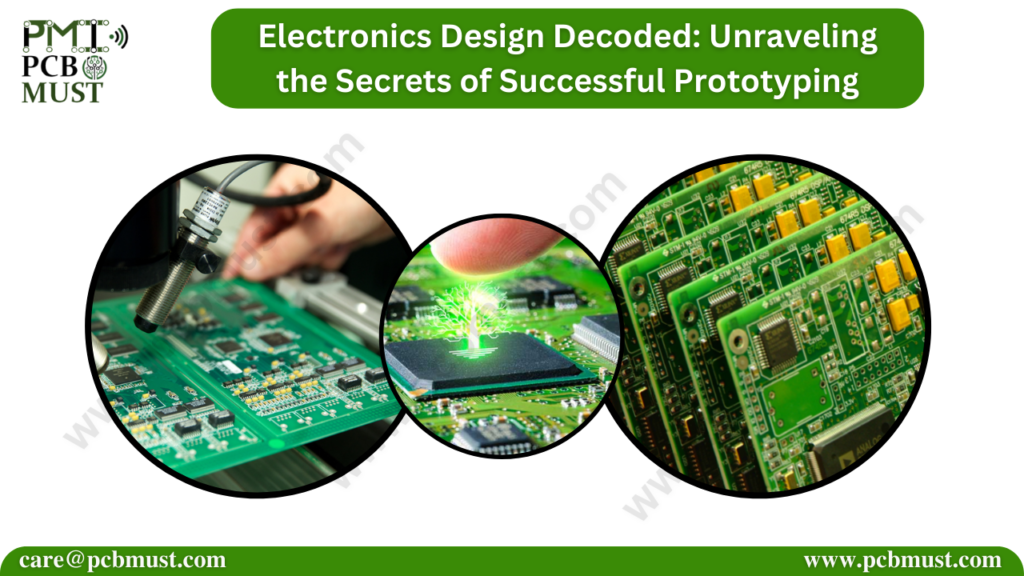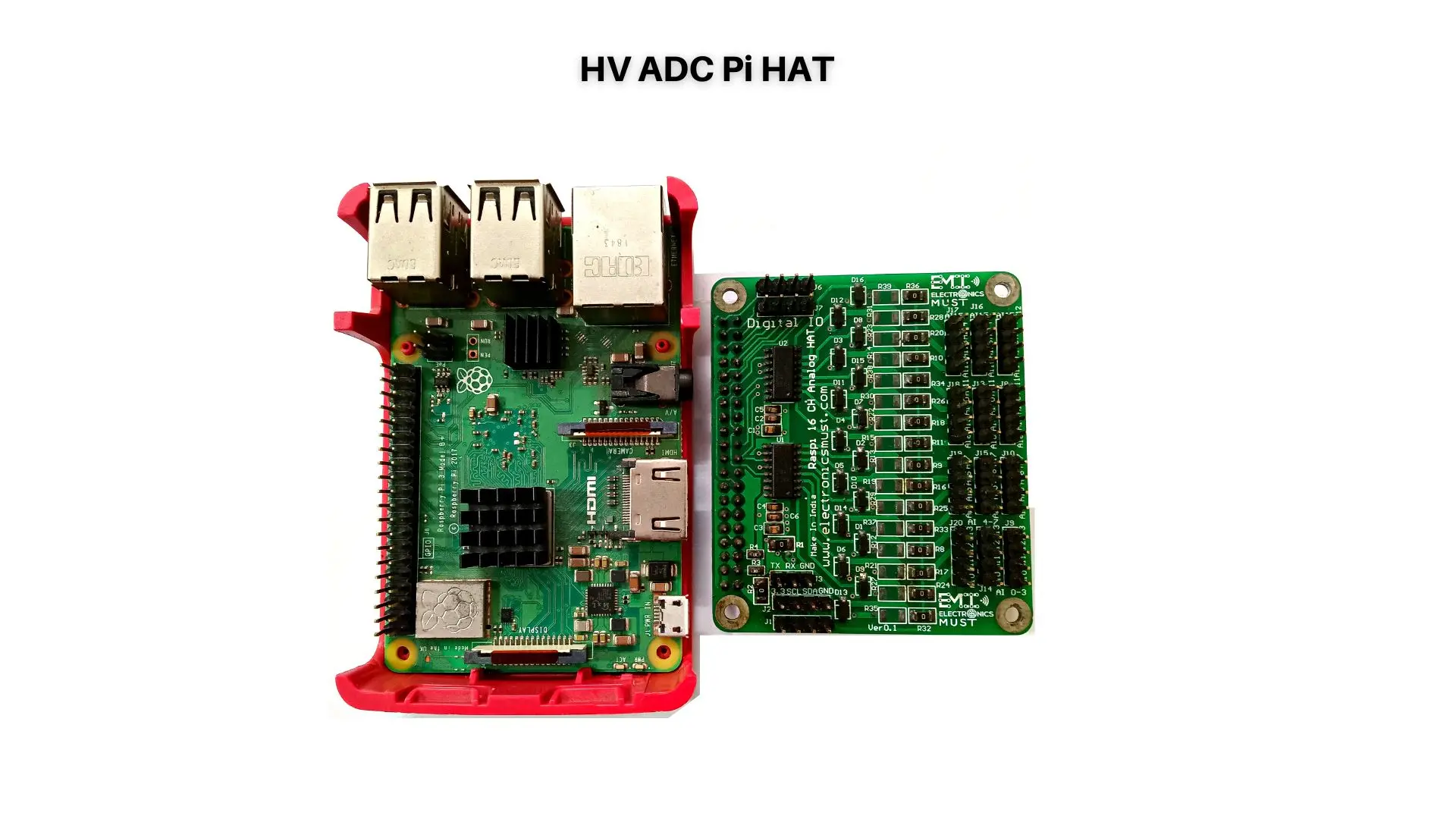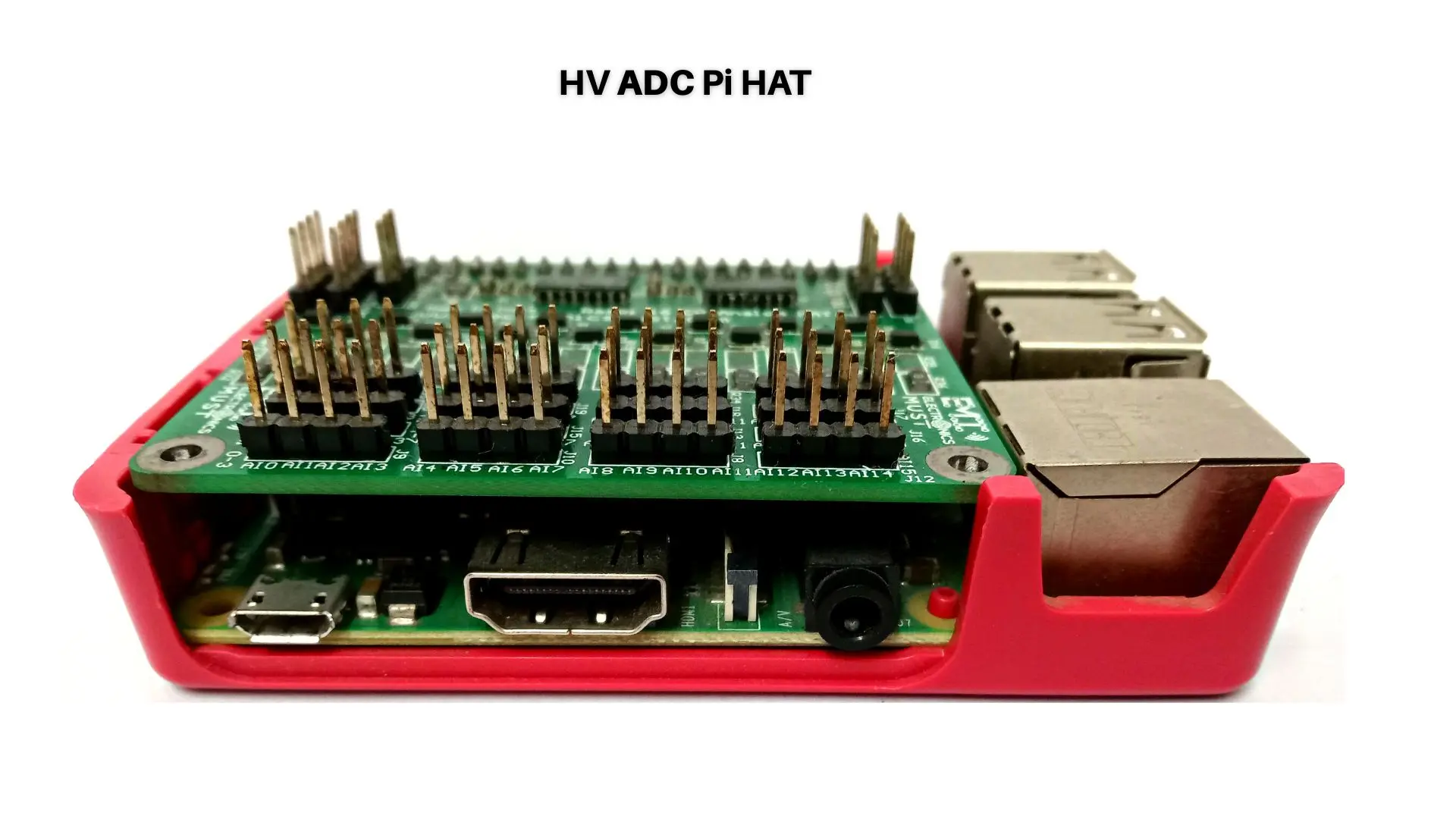Introduction:
Electronics design is a dynamic field that fuels innovation and drives technological advancements. Prototyping, a crucial step in the design process, allows engineers and designers to transform ideas into tangible products. It provides an opportunity to test and validate concepts, identify design flaws, and refine functionality before moving to the final production stage. In this blog post, we will delve into the benefits of prototyping, discuss important factors to consider, explore other key aspects, and conclude with the significance of successful prototyping in electronics design.
Benefits of Prototyping:
1. Design Validation: Prototyping enables designers to validate their design concepts, ensuring they meet the desired requirements. By creating physical prototypes, designers can evaluate functionality, identify potential flaws, and make necessary improvements early in the development process. This helps minimize design iterations and reduces costs associated with rework during later stages of production.
2. Iterative Development: Prototyping facilitates an iterative approach to design, allowing for continuous improvement. By building prototypes, designers can gather feedback, test different ideas, and make necessary refinements based on user input. This iterative process increases the chances of creating a successful end product that meets user expectations.
3. Cost and Time Efficiency: While prototyping incurs initial costs, it ultimately saves time and money in the long run. Early identification of design flaws and performance issues allows for timely corrections, avoiding costly modifications during later stages of production. Additionally, prototyping helps optimize manufacturing processes and reduce production costs by identifying efficient material and component choices.
4. User Experience Enhancement: Prototyping provides an opportunity to gather user feedback and refine the user experience. By involving potential users in the testing phase, designers can understand their needs, preferences, and pain points. This valuable insight helps in tailoring the final product to deliver an exceptional user experience.
5. Stakeholder Engagement: Prototypes play a crucial role in engaging stakeholders, including investors, clients, and end-users. Tangible prototypes effectively communicate the vision, functionality, and feasibility of the product. Demonstrating a functional prototype can help secure funding, gain support, and build partnerships for further development and production.
Important Factors in Prototyping:
1. Clear Objectives and Specifications: Before starting the prototyping process, it is essential to define clear objectives and specifications. Determine the purpose, functionality, and performance requirements of the prototype. This helps in setting realistic goals, focusing efforts, and measuring the success of the prototype.
2. Material and Component Selection: Choosing the right materials and components is crucial for the prototype’s functionality and performance. Consider factors such as durability, compatibility, availability, and cost. Select components that closely resemble the intended final product to ensure accurate testing and evaluation.
3. Design for Manufacturability: While prototyping focuses on functionality and validation, considering manufacturability is vital. Design the prototype with production scalability in mind, optimizing for ease of assembly, testing, and cost-effective manufacturing processes. This ensures a smooth transition from prototyping to mass production.
4. Iterative Testing and Evaluation: Prototyping is an iterative process that requires continuous testing and evaluation. Develop a systematic testing plan to assess the prototype’s performance, reliability, and user experience. Gather feedback from users, stakeholders, and experts to identify areas for improvement and make informed design decisions.
5. Documentation and Revision Control: Maintaining thorough documentation throughout the prototyping process is essential. Keep detailed notes, drawings, circuit diagrams, and revision control to ensure traceability and simplify troubleshooting. Proper documentation allows for future iterations, replication of successful designs, and efficient collaboration with team members.
Other Factors to Consider:
1. Collaboration and Feedback: Engage with multidisciplinary teams and seek feedback from various stakeholders. Collaborating with experts from different domains provides diverse perspectives and helps validate design choices. User and stakeholder feedback during the prototyping phase is invaluable for making informed design decisions and improving the end product.
2. Time Management: Effective time management is crucial during the prototyping process. Set realistic timelines, allocate resources appropriately, and prioritize tasks based on their impact on the design and project goals. Regularly reassess and adjust timelines as needed to ensure smooth progress and timely completion.
3. Risk Mitigation: Identify potential risks and challenges early in the prototyping phase. Develop contingency plans and alternative approaches to mitigate risks and overcome obstacles. Proactively managing risks helps maintain project momentum and increases the chances of a successful outcome.
4. Regulatory and Compliance Considerations: Depending on the industry and application, certain regulatory and compliance requirements may apply to the final product. Consider these requirements during the prototyping phase to ensure the design aligns with relevant standards and regulations. This avoids potential roadblocks during the later stages of production.
5. Ethical and Sustainable Design: Embrace ethical and sustainable design practices during prototyping. Consider factors such as energy efficiency, recyclability, and responsible sourcing of materials. By incorporating these principles from the early stages, designers can create products that are not only functional but also environmentally and socially responsible.
Conclusion:
Prototyping is a fundamental aspect of successful electronics design. By validating designs, refining functionality, and engaging stakeholders, prototypes enable designers to create innovative and user-centric products. The benefits of prototyping, including design validation, iterative development, cost and time efficiency, enhanced user experience, and stakeholder engagement, make it an indispensable part of the electronics design process.
To achieve successful prototyping, it is crucial to establish clear objectives, select appropriate materials and components, design for manufacturability, conduct iterative testing and evaluation, and maintain comprehensive documentation. Collaboration, time management, risk mitigation, and consideration of regulatory and ethical aspects are additional factors that contribute to the overall success of the prototyping process.
So, embrace the secrets of successful prototyping, unlock your creativity, and bring your electronics design ideas to life. With a well-executed prototyping process, you can navigate challenges, iterate effectively, and deliver exceptional products that shape the future of technology.






